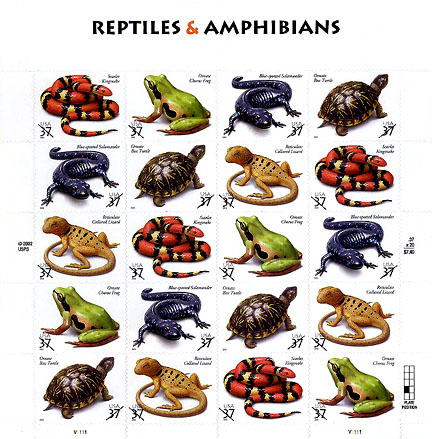BY SONIA SHAH
For decades, toxicologists have accrued a range of evidence showing that low-level pesticide exposure impairs immune function in wildlife, and have correlated this immune damage to outbreaks of disease. In the past dozen years, three new diseases have decimated populations of amphibians, honeybees, and — most recently — bats. Increasingly, scientists suspect that low-level exposure to pesticides could be contributing to this rash of epidemics. The recent spate of widespread die-offs began in amphibians. Scientists discovered the culprit — an aquatic fungus called Batrachochytrium dendrobatidis, of a class of fungi called “chytrids” — in 1998. Its devastation, says amphibian expert Kevin Zippel, is “unlike anything we’ve seen since the extinction of the dinosaurs.” Over 1,800 species of amphibians currently face extinction. There is a strong correlation between pesticide use and declining amphibian populations. Six years after scientists discovered the fungal assault on amphibians, a mysterious plague began decimating honeybees.
Foraging honeybees first started vanishing from their hives, abandoning their broods and queens to certain death by starvation, in 2004. Alarmed beekeepers dubbed the devastating malady “colony collapse disorder.” Between 2006 and 2009, colony collapse disorder and other ills destroyed 35 percent of the U.S. honeybee population. Some experts believe colony collapse disorder is the result of a “perfect storm” of honeybee-debilitating factors: poor nutrition, immune dysfunction from decades of industrial beekeeping practices, and the opportunism of multiple pathogens, acting in malevolent concert. But many beekeepers believe that a new class of chemicals based on nicotine, called neonicotinoids, may be to blame. Two years after the honeybees started disappearing, so, too, did bats. The corpses of hibernating bats were first found blanketing caves in the northeastern United States in 2006. The disease that killed them, caused by a cold-loving fungus called Geomyces destructans — and dubbed White-nose Syndrome for the tell-tale white fuzz it leaves on bats’ ears and noses — has since destroyed at least one million bats. University of Florida wildlife ecologist John Hayes calls it “the most precipitous wildlife decline in the past century in North America.”
Like the mysterious Batrachochytrium dendrobatidis fungus infesting amphibians, Geomyces could be a novel pathogen, newly preying upon defenseless bat species. But scientists have also started to investigate whether pesticide exposure might be playing a role.
Read the article:
http://www.e360.yale.edu/content/feature.msp?id=2228

- Login om te reageren
